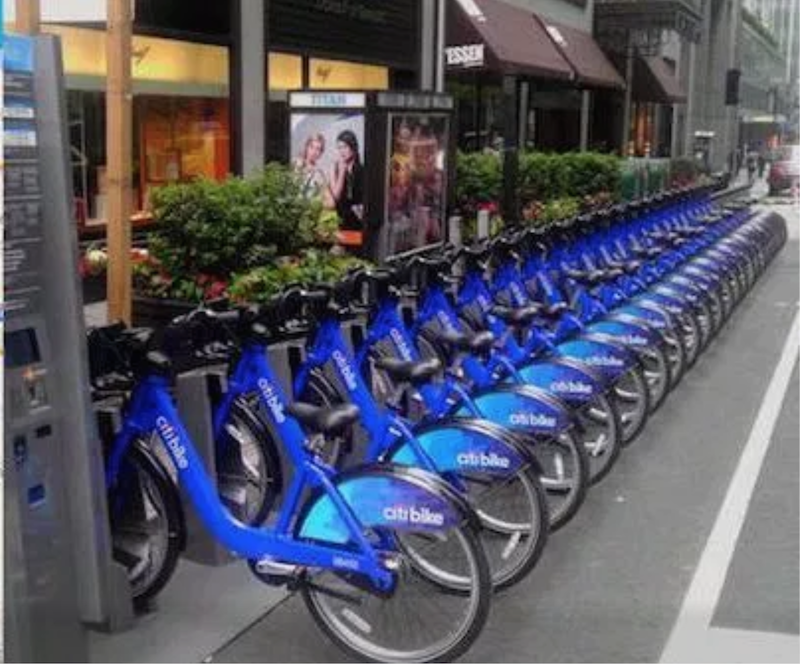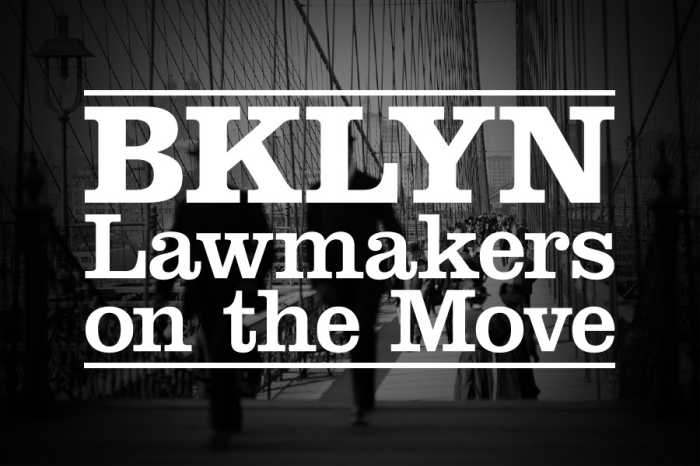Lyft, the ride-sharing company, will expand Citi Bike’s boundaries within New York City and Queens within the next five years with a $100 million investment and partnership with the city’s Department of Transportation, according to the mayor’s office on Tuesday.
The Bronx and upper Manhattan will have new Citi Bike stations and public bikes in 2020, and then Brooklyn and Queens will follow, according to the mayor’s office. An additional $300,000 grant from Healthfirst, a healthcare company, will go towards a handcycle bike for the disability community.
Low-income residents in NYCHA or receiving SNAP benefits will have a discounted fare, according to the mayor’s office.
“This expansion will help us build a more fair and equitable city for all New Yorkers,” said Mayor de Blasio. “Even more communities will have access to this low-cost, sustainable mode of transportation. With double the territory and triple the number of bikes over the next few years, Citi Bike will become an even better option for travel around New York City.”
The current service area will increase to 35 square feet and in the next five years and there will be 40,000 Citi Bike’s throughout the city, according to the mayor’s office.
The L-train corridor has added 25 Citi Bike stations in Brooklyn and is expected to add more near the Ridgewood section of Queens in the coming months, according to the mayor’s office. After more stations are completed in Manhattan and the Bronx in 2020, Sunnyside, Corona, Jackson Heights and Maspeth should have public bikes within the following three years.
“The Citi Bike initiative has provided a great deal of flexibility to thousands of New Yorkers,” said Assemblyman Michael DenDekker (D-East Elmhurst). “I am pleased that the New York City Department of Transportation and Lyft are planning on extending Citi Bike services to more parts of Queens, including Jackson Heights and Corona, so that more people can enjoy the benefits of Citi Bikes. I am hopeful that this will lead to further expansion in the future.”
Healthfirst’s $300,000 Community Grant Program will support local non-profits to help spread the word on Citi Bike in low-income neighborhoods in Brooklyn and in the future expand to neighborhoods in Queens once the installations are completed there, according to the mayor’s office.
“New Yorkers have come to rely on Citi bike as an invaluable part of our transit network,” said Councilman Antonio Reynoso (D-Brooklyn, Ridgewood). “Citi bike helps fill in the gaps in our city’s subway and bus systems and offers riders a convenient, environmentally friendly way to commute or simply get from place to place. All New Yorkers should have access to Citi bike and its myriad benefits regardless of socio-economic status or where they live.”
Lyft is also committed to investing $50 million annually to Citi Bike expansion to SNAP beneficiaries and NYCHA residents and will charge those users only $5 monthly or $60 annually for the service, which usually costs $169 annually for other users.
“Healthfirst is proud of its association with Citi Bike, which shares our commitment to low-income New Yorkers who are benefiting from the Reduced Fare Bike Share program,” said Jeffrey Ross, Healthfirst’s vice president for Medicaid. “As a company that has been uniquely focused on the people of New York for more than 25 years, our goal is to make it easier for the people to get healthy and stay healthy.”
Councilman Jimmy Van Bramer (D-Sunnyside) was pleased about the announcement.
“I will push to have all of Woodside included in this expansion and continue to advocate for every neighborhood in our city to have access to bike share,” said Van Bramer. “Investing in Citi Bike and improving cycling infrastructure, including creating interconnected protected bike lanes across all five boroughs, is essential to the long term sustainability of our streets.”
In Bayside, Citi Bike will have a demonstration of its Handcycles, which are three-wheeled, hand-controlled, adaptive bikes for both people with disabilities and individuals who do not know how to ride traditional two-wheeled pedal bicycles.
“With the proper adaptive equipment a person with a disability can participate fully in any activity,” said Victor Calise, commissioner of the Mayor’s Office for People with Disabilities. “We hope to see this pilot expand beyond handcycles to include other types of bikes that will assist the full range of people with disabilities.”









